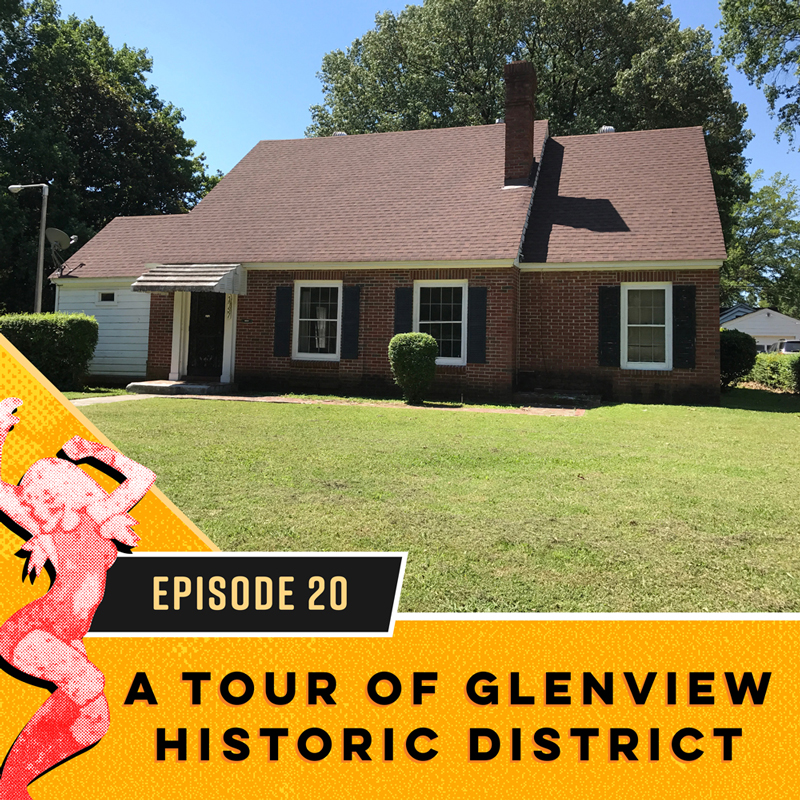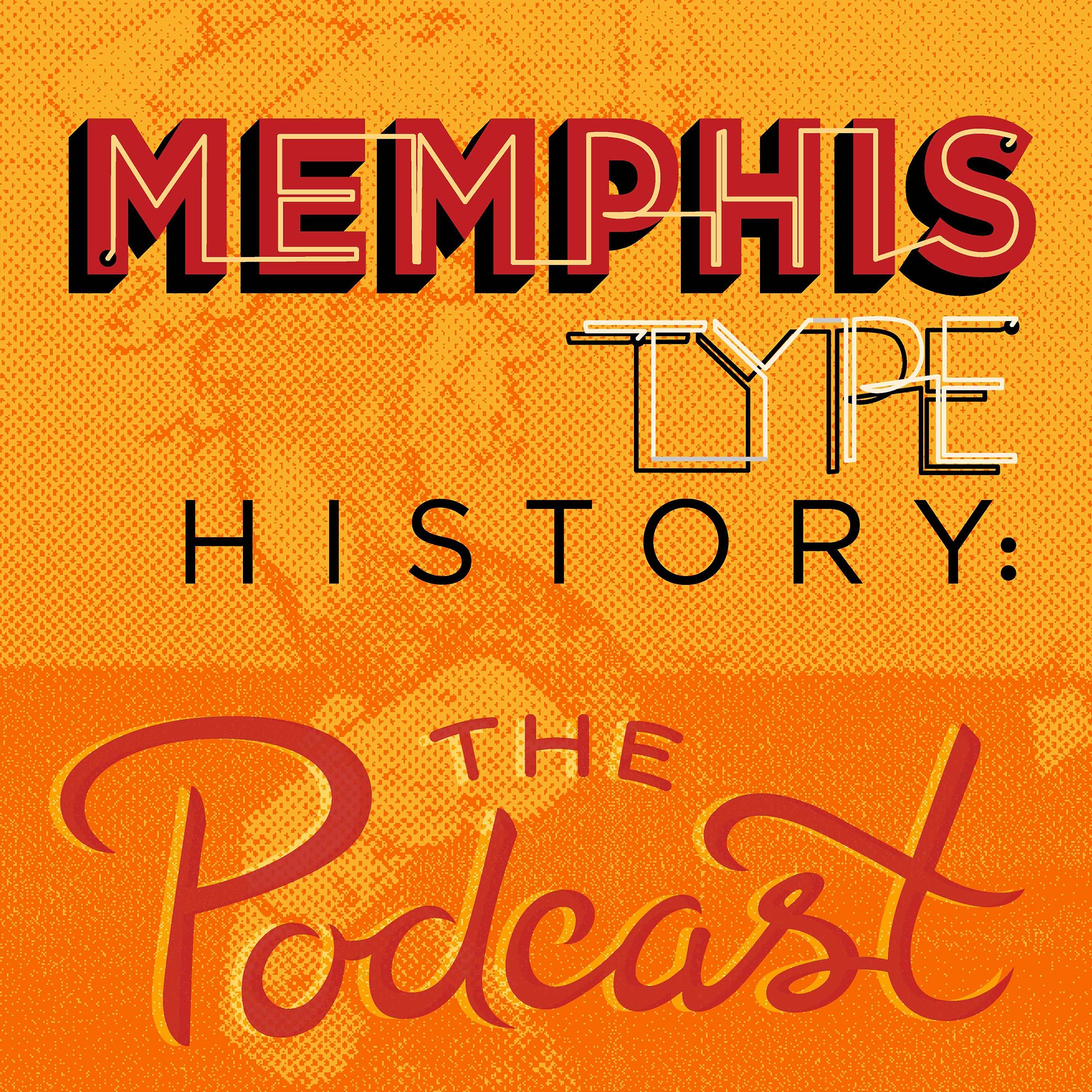Episodes

Sunday Oct 15, 2017
A Tour of Glenview Historic District
Sunday Oct 15, 2017
Sunday Oct 15, 2017
In this episode of Memphis Type History: The Podcast, Caitlin gives Rebecca an overview of the history behind Glenview Historic District. Then we sit down with Glenview resident Tramica Bridges who tells us all about the history of her home and so kindly gives us a tour!
In 1904, architect George E. Kessler began work on the Memphis Parkway system, part of the City Beautiful Movement which aimed to create a city that integrated well with nature. The plan included features like neighborhood parks as well as lampposts, benches, and other "street furniture." You can see aspects of this trend throughout Glenview, which was mostly built from the 1910s through the 1940s (although there are some homes that date up to 1997).
In addition, there are also curves in the grid layout of the neighborhood, a new development that came alongside the introduction of cars into everyday usage. Within the subdivision, you can find wonderful examples of architecture of this period, such as the bungalow, craftsman, Tudor revival, Spanish Colonial Revival, and your good ol' ranch homes, among others. This historic neighborhood is bordered by South Parkway East on the south, Burlington Northern Railroad on the west, Southern Avenue on the north, and Lamar Avenue on the east.
Glenview's first residents were white, middle class professionals – small business owners, salespeople, craftsmen, and the like. A notable event that once took place in the neighborhood was the staging of Tennessee Williams' first play, Cairo, Shanghai, Bombay! in 1935, when he was a student at Southwestern College, by the amateur theater group out of Alice G. Rosebrough’s home, aka "Rose Arbor."
In 1956, Reverend Charles H. (Bob) Mason, Jr., the pastor at the Church of God in Christ (one of the largest Pentecostal churches in the nation and the largest Pentecostal congregation in Memphis) purchased the house at 1755 Glenview Avenue. The Glenview Civic Club and the Glenview Plan, Inc. (a business scheme designed to purchase properties put on the market in the neighborhood and sell them only to other white people) began working to keep Mason, Jr. and other African-American families, out of the area. We discuss these disturbing dealings and the attempts to intimidate with various acts of violence further on the show.
Other black leaders made their home in Glenview, with 1968 being a turning point in the transition of the neighborhood. The National Guard occupied the neighborhood and imposed a curfew on black residents, which apparently signaled to the remaining white ones that outsiders considered the neighborhood to be a black one. So out they moved, making room for many extremely notable black leaders like the first African American writer for the Commercial Appeal, Rubye Coffman, the first black Memphis policeman, Memphis Red Socks players, and more.
Next on the show, Rebecca and Caitlin visit Tramica Bridges for a tour of her Glenview home. Her house has been featured in the Glenview home tour in previous years, and she takes great care to keep its historical elements while adding her own flair. We loved how her son, the entrepreneur behind Mo's Bows, also adds his own unique take to the space!
Tramica shares the history of her home's past owners, followed by a tour of the house.
For full show notes go to memphistypehistory.com/glenview


No comments yet. Be the first to say something!